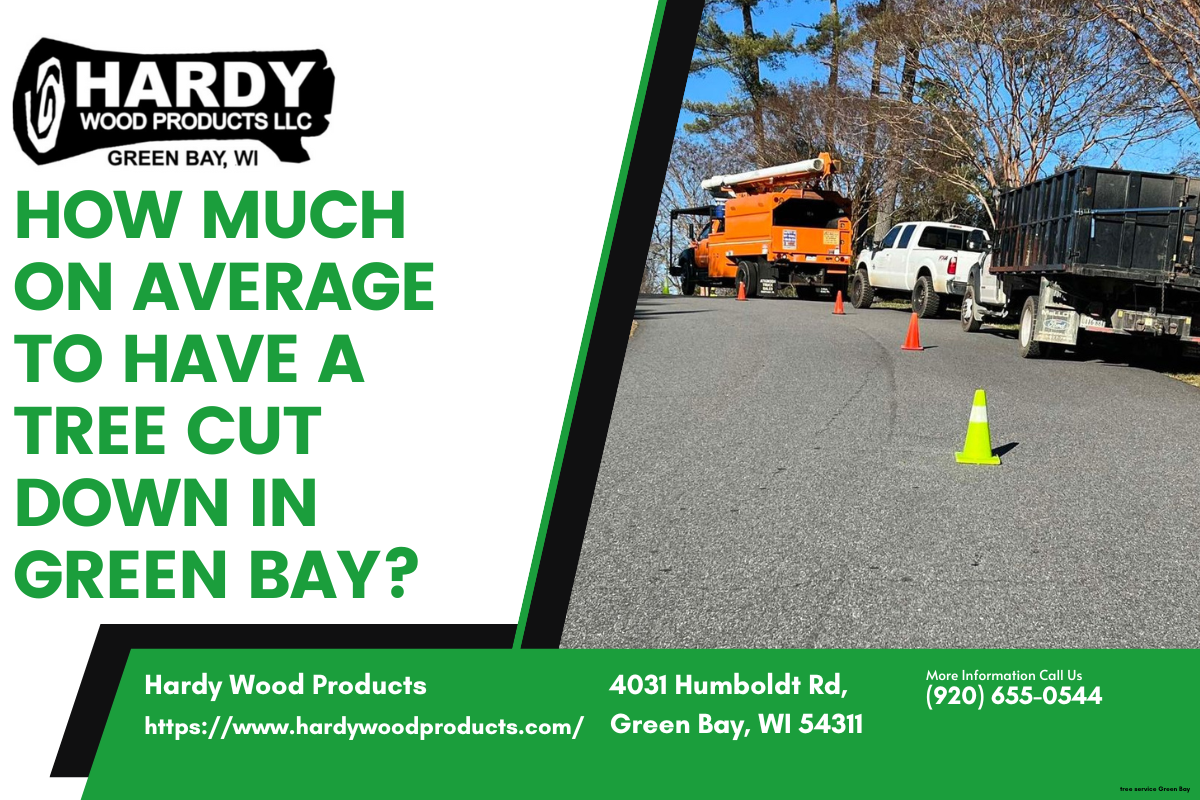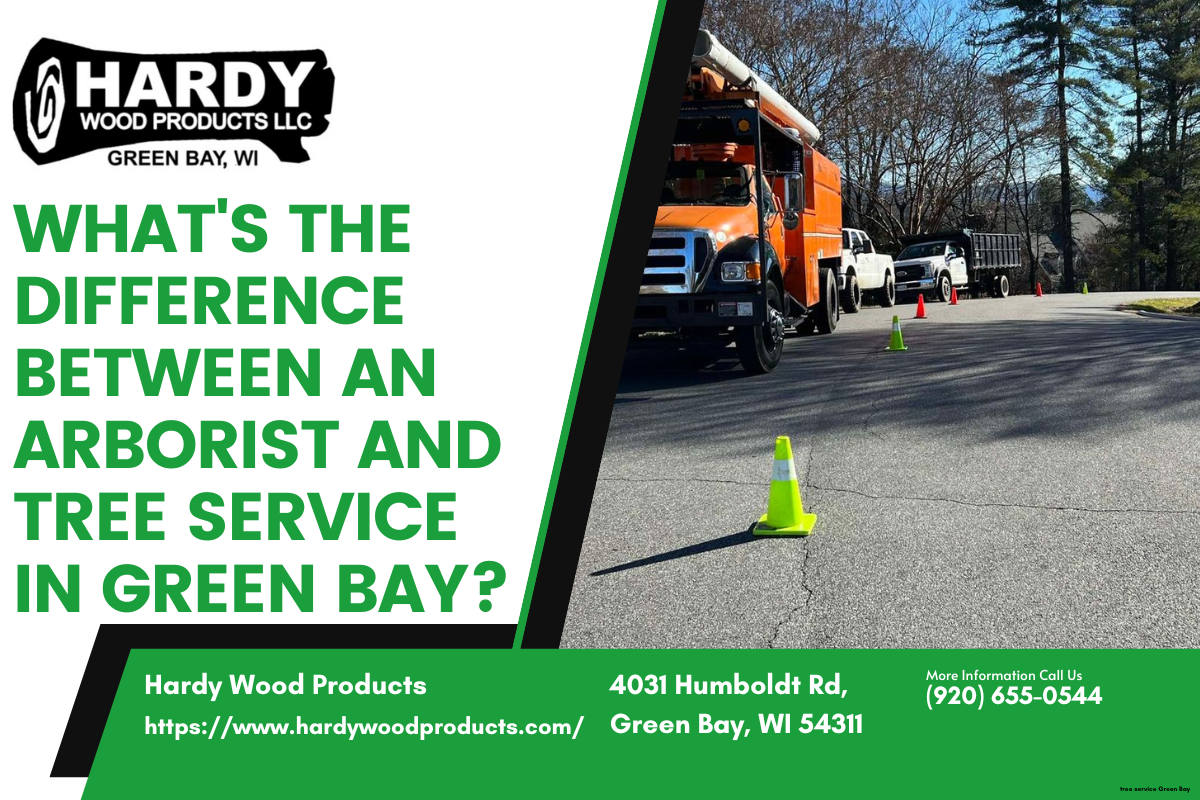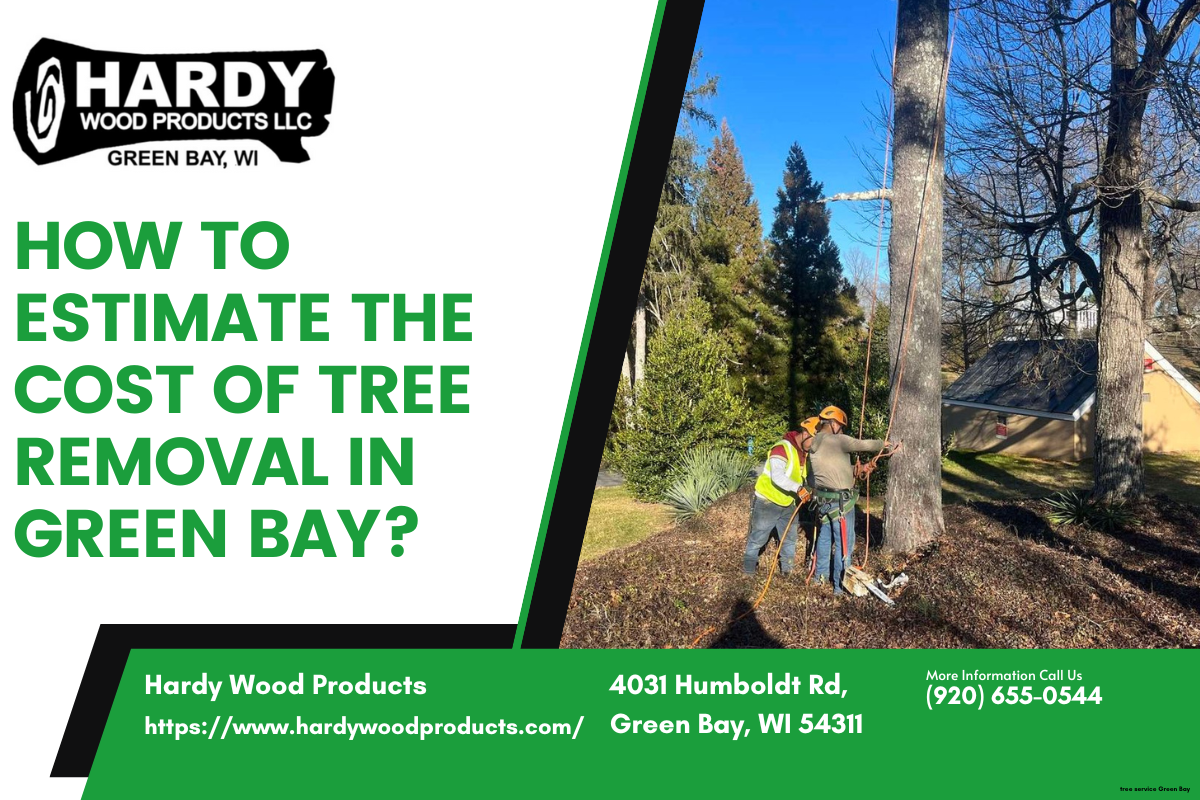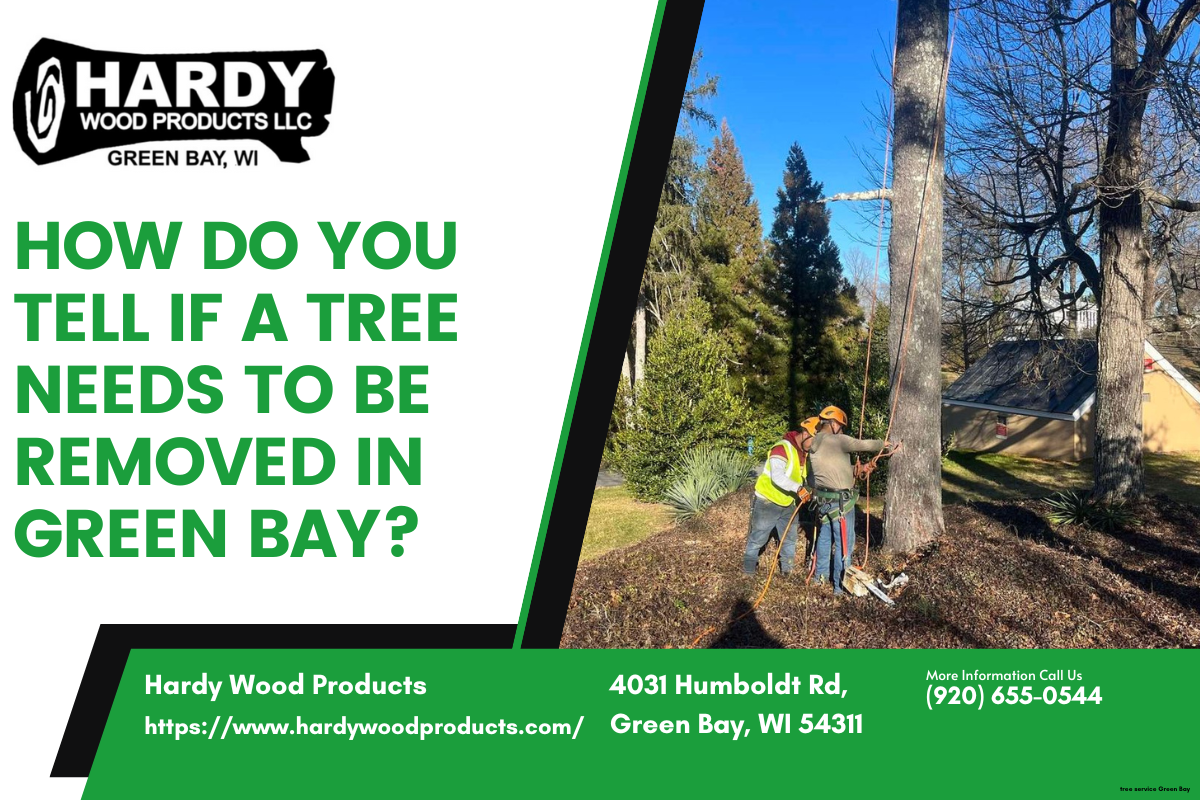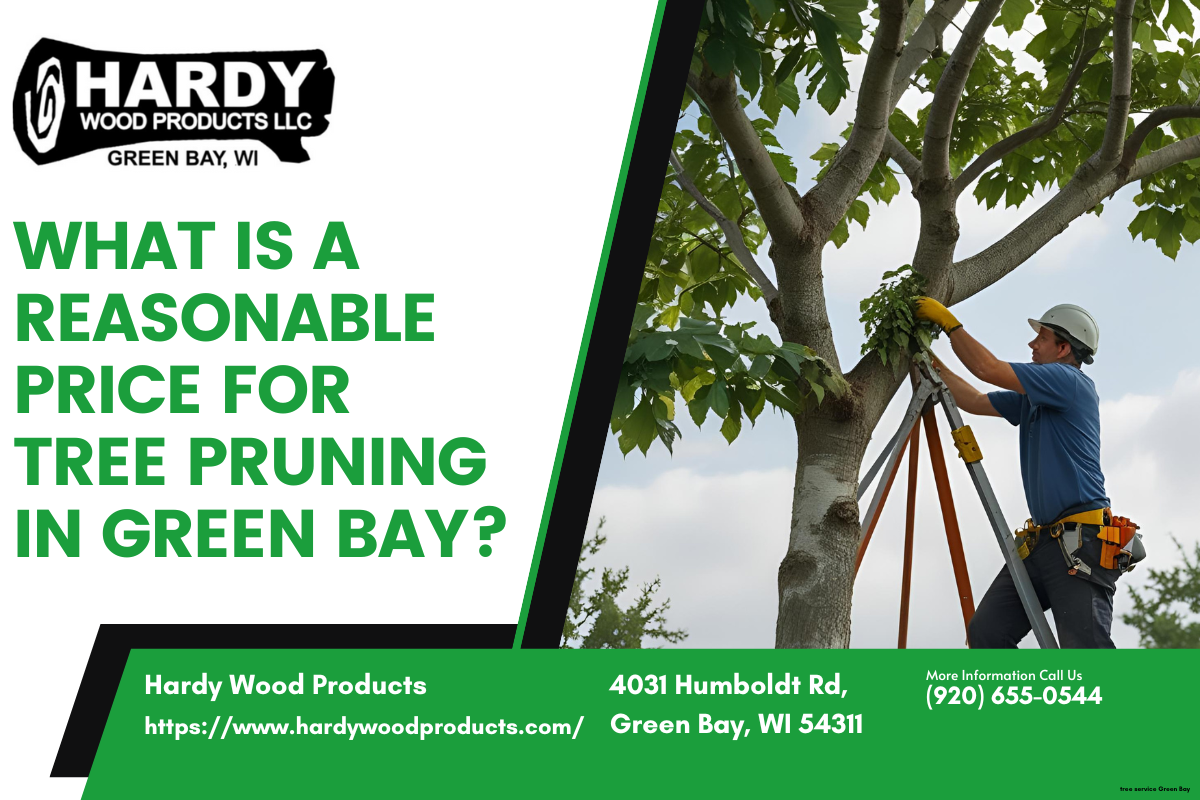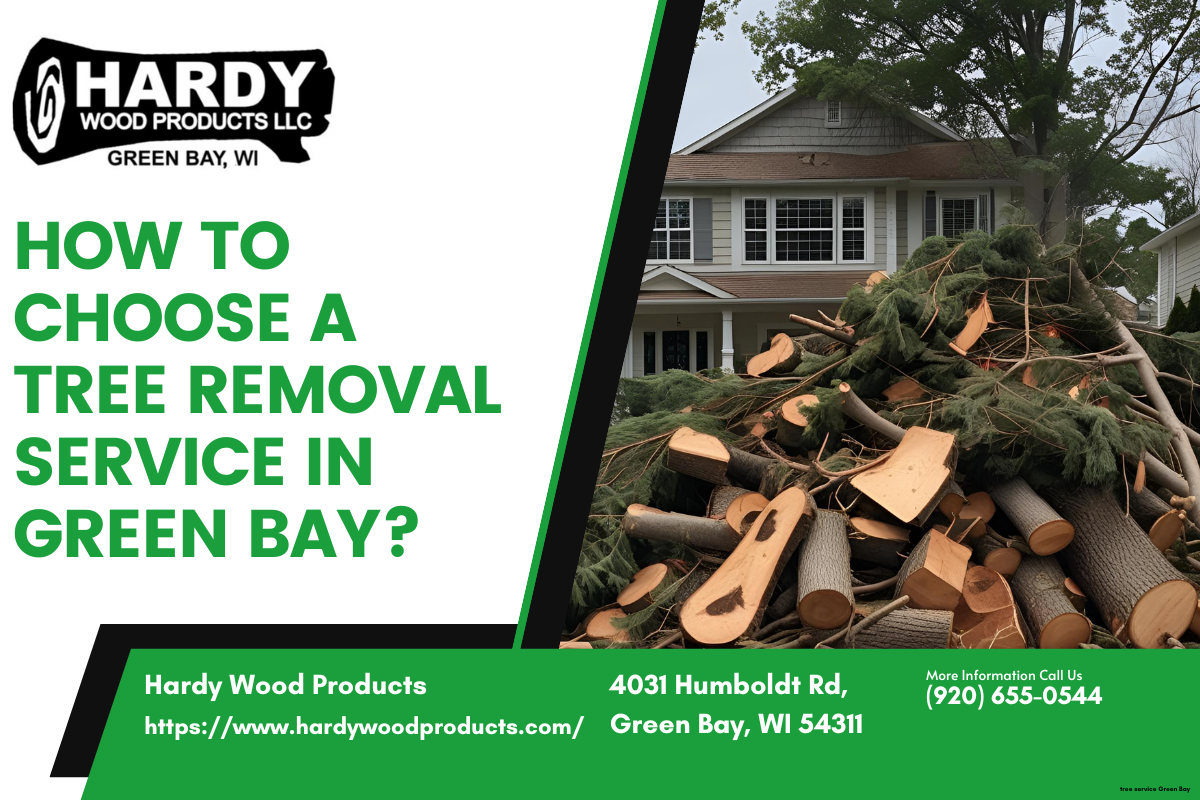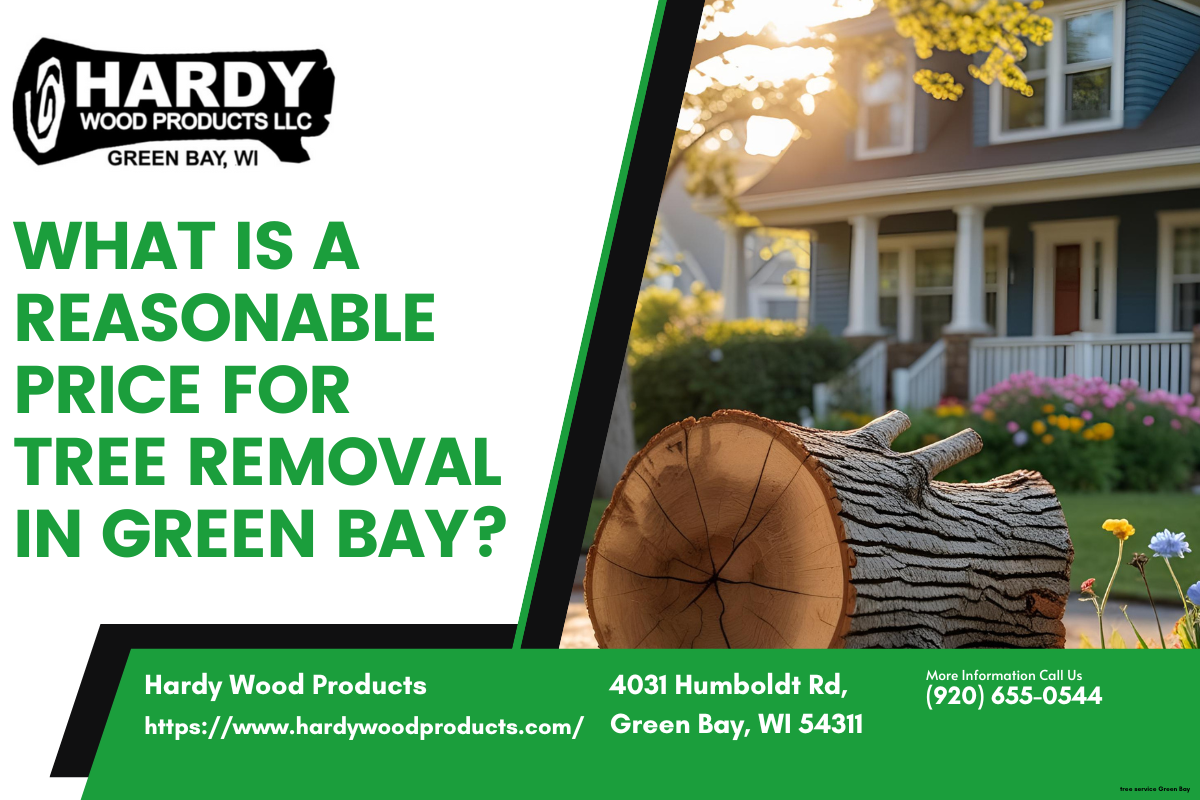TABLE OF CONTENTS
While tree service professionals may quote an hourly rate, often ranging from $200 to $500 for a full crew, this figure is merely a baseline. The true cost of any tree care project is rarely that simple. A final, accurate quote is a comprehensive calculation based on the specific service required, the tree's size and condition, and the overall complexity and risk of the job. Understanding these variables is the key to budgeting accurately and hiring with confidence.
Understanding the Hourly Rate: A Starting Point for Your Budget
When homeowners first inquire about tree services, one of the most common questions is, "How much do you charge per hour?" It's a logical starting point, an attempt to standardize a service that can seem highly variable. A typical hourly rate for a professional tree service crew, which might include two to three trained ground workers and a climber or bucket truck operator, often falls within that $200 to $500 range. This rate covers the skilled labor, liability and workers' compensation insurance, fuel, and the use of standard equipment like chainsaws and safety gear.
However, relying solely on an hourly rate can be misleading for the customer. A less experienced crew might work more slowly, extending the hours and inflating the final bill, even at a lower hourly rate. Conversely, a highly skilled and well-equipped team might command a higher hourly fee but complete the job in half the time, ultimately costing less. For this reason, most reputable tree care companies, including our team, have moved away from hourly billing in favor of project-based quotes. A detailed, fixed-price quote provides you with a clear, predictable cost before any work begins, eliminating the risk of unexpected charges and ensuring the focus remains on safety and quality, not just the clock.
Beyond the Clock: The Key Factors That Determine Your Final Tree Service Cost
The transition from a simple hourly rate to a comprehensive project quote happens when an arborist assesses the unique variables of your property and trees. These factors collectively determine the necessary time, equipment, crew size, and risk involved, all of which are calculated into the final price. A professional estimate is a testament to an arborist's experience, reflecting their ability to foresee challenges and plan a safe, efficient operation from start to finish. Let's explore these critical factors in detail.
1. The Scope of Work: Trimming vs. Removal vs. Emergency Services
The most fundamental cost determinant is the specific service you need. A simple pruning job to remove a few dead branches is vastly different from a complex, large-scale removal or an urgent, after-hours emergency call. Each service category requires a distinct level of skill, equipment, and time.
- Tree Trimming & Pruning: This service focuses on the health, safety, and aesthetics of a tree. It can involve removing dead or diseased limbs, thinning the canopy to allow for better light and air penetration, or raising the canopy for clearance over a home or walkway. The cost is highly dependent on the tree's size. Nationally, tree trimming averages $460, typically ranging from about $200 to $760 according to industry data. Of course, this varies greatly; trimming a very small tree can cost as little as $75, while a very tall one can cost more than $1,500 as reported by NerdWallet.
- Tree Removal: Complete removal is the most labor-intensive and often riskiest service. It involves safely felling the tree, which may need to be done in small, carefully controlled sections if it's near structures. The process requires extensive rigging, precise cutting, and managing large, heavy pieces of wood. This complexity and inherent danger mean removal costs are significantly higher than trimming costs for a tree of the same size.
- Stump Grinding: After a tree is removed, the stump remains. Stump grinding is a separate service that uses a powerful machine to shred the stump down to several inches below ground level. This is almost always quoted as a separate line item, with costs based on the stump's diameter, age, and accessibility.
- Emergency Services: When a tree falls on your house during a storm or a large limb breaks and poses an immediate threat, you need emergency service. These calls demand an immediate response, often outside of normal business hours and in hazardous conditions. The urgency, increased risk, and after-hours mobilization naturally come at a premium price.
To provide a clearer picture of how size impacts trimming costs, consider the following breakdown based on national averages:
2. Tree Characteristics: Size, Species, and Health
The tree itself is a major variable in the cost equation. Two removal jobs for two different trees can have wildly different prices, even if they appear similar at first glance. An experienced arborist evaluates the tree's height, density, and overall condition to plan the safest and most efficient approach.
- Height and Diameter: This is arguably the most significant cost factor. Taller, wider trees contain more wood, which means more cutting, more rigging, more hauling, and more time on site. A 70-foot oak tree requires a fundamentally different approach than a 20-foot ornamental maple. Larger trees often necessitate the use of heavy equipment like a bucket truck or even a crane to safely dismantle them piece by piece, which adds substantially to the project's cost.
- Tree Species: Not all wood is created equal. A dense hardwood like an ironwood or mature oak is much harder on chainsaws and equipment than a softwood like a pine or poplar. Some species, like certain types of elm or river birch, are known for their sprawling, multi-trunk growth habits, which can complicate the cutting and rigging process, requiring more time and precision from the crew.
- Health and Condition: A tree's health plays a critical role in job safety and complexity. A dead or decaying tree can be highly unstable. The wood may be brittle, and the structural integrity compromised, making it unsafe for a climber to ascend. This may force the use of a bucket truck or crane, even on a moderately sized tree, thereby increasing the cost. An arborist must carefully assess weak points, hollows, and disease before formulating a safe removal plan.
3. Job Site Accessibility and Location
Where the tree is located on your property is just as important as the tree's physical characteristics. A tree in an open front yard with no obstacles is a straightforward job. The same tree located in a tight, landscaped backyard surrounded by obstacles becomes a complex surgical operation, and the price will reflect that increased difficulty and risk.
Arborists must consider numerous potential obstacles during an estimate. Proximity to your home, garage, fences, or your neighbor's property requires extreme care. Each piece of the tree must be carefully roped and lowered to the ground to avoid property damage. The presence of overhead utility lines—power, cable, and phone—is a major safety concern that requires specialized techniques and sometimes coordination with the utility company. Furthermore, the ground itself can be a challenge. Soft lawns, septic systems, steep slopes, or delicate landscaping can limit where heavy equipment can be placed, forcing the crew to use more labor-intensive methods to move wood and debris.
4. Equipment and Crew Size Requirements
The culmination of the factors above determines the necessary tools and team for the job. A simple pruning job on a small tree might only require a two-person crew with climbing gear and chainsaws. However, a large-scale removal will necessitate a much larger investment in resources. This could include a bucket truck for elevated access, a large-capacity wood chipper to process branches, a skid steer to move heavy logs, and in the most complex cases, a crane to lift large sections of the tree over a house or other obstacles.
The need for specialized heavy equipment is a primary driver of higher costs. A crane, for example, is an expensive piece of machinery that requires a specialized operator and adds a significant line item to the quote. The larger and more complex the job, the larger the crew needed to operate safely and efficiently. A project might require a dedicated climber, several ground workers to manage ropes and clear debris, and equipment operators, all of whom are skilled professionals whose expertise is factored into the final price.
How to Estimate Tree Removal Costs: A Step-by-Step Guide for Homeowners
While only a certified arborist can give you a precise quote, you can develop a rough estimate of your potential costs by assessing your tree through a professional's eyes. This exercise will help you understand the quotes you receive and ask informed questions. Answering the question "How much would it cost to remove a 20 foot tree?" involves more than just its height; it requires a holistic look at the situation.
- Assess the Tree's Size: First, gauge the height. A simple way to estimate is by comparing it to your home; a single story is roughly 10-12 feet high. A 20-foot tree is about the height of a two-story house. Next, measure the trunk's diameter about 4.5 feet up from the ground (this is known as Diameter at Breast Height, or DBH). For a small, 20-foot ornamental tree with a thin trunk in an accessible area, the removal cost might be in the $300 to $700 range. If that same 20-foot tree has multiple trunks or is a dense hardwood, the cost could be higher.
- Evaluate the Location and Accessibility: Now, look around the tree. Is it just a few feet from your house or a fence? Are there power lines running through its canopy? Is it in a fenced-in backyard where large equipment can't reach it? Every "yes" to these questions adds complexity and, therefore, cost. A tree that requires every piece to be roped down and carried out by hand will cost substantially more than one that can be felled in an open area.
- Define the Full Scope of Services: Decide exactly what you want done. Does the base price for removal include hauling away all the wood and brush? Or will you be responsible for disposing of it? Do you want the stump ground down so you can plant grass over the area? These services—debris haul-away and stump grinding—are often priced separately. Be sure to clarify what is included in any base quote to ensure you're comparing apples to apples.
- Get Multiple, Detailed Quotes from Insured Professionals: The final and most important step is to contact at least three reputable, insured tree care companies. Do not accept a quote over the phone. A true professional will insist on visiting your property to assess all the variables we've discussed. Use this opportunity to ask about their insurance, safety protocols, and experience. A lowball offer from an uninsured operator is a significant risk to your property and finances.
Breaking Down a Professional Tree Service Quote: What to Look For
When you receive written estimates, they should be more than just a number on a piece of paper. A professional quote is a clear, detailed document that outlines the entire scope of work, protecting both you and the service provider. Scrutinize each quote to ensure it contains essential information, as this reflects the company's professionalism and commitment to transparency. A thorough quote instills confidence and helps you avoid misunderstandings or hidden fees later on.
Here are the key elements you should look for in a quality tree service quote:
- Itemized Services: The quote should clearly list each task and its associated cost. For example, "Tree Removal," "Stump Grinding," "Debris Hauling," and "Log Removal" should be broken down into separate line items. This allows you to see exactly what you are paying for and make decisions on optional services, like keeping the firewood.
- Detailed Scope of Work: The document should precisely identify the tree(s) to be worked on. It should describe the methods to be used, especially if complex rigging or heavy equipment is required. This clarity prevents any confusion about which tree is being removed or what level of pruning will be performed.
- Proof of Insurance and Licensing: This is non-negotiable. The quote or accompanying paperwork should include proof of two key types of insurance: General Liability (to cover any damage to your property) and Workers' Compensation (to cover any injuries to the crew). A reputable company will provide their insurance certificates without hesitation.
- Project Timeline: While weather can cause delays, the quote should provide an estimated start date and the expected duration of the project. This helps you plan accordingly and sets clear expectations for when the work will be completed.
- Cleanup Clause: A professional job isn't finished until the site is clean. The quote should explicitly state the level of cleanup included. A phrase like "site will be raked clean of all debris" is a good standard to look for, ensuring you won't be left with a yard full of sawdust, twigs, and small branches.
- Total, Fixed Cost: The quote should present a final, all-inclusive price for the services you have agreed upon. Be wary of open-ended estimates based on an hourly rate, which can easily spiral beyond your budget if the job takes longer than anticipated.
The Hidden Costs of "Cheap" Tree Services: Why Professionalism Matters
In the search for a good deal, it can be tempting to choose the lowest bidder. However, an unusually low price in the tree care industry is often a major red flag, signaling a lack of critical business components like insurance, proper equipment, or formal training. The potential "savings" from hiring an unqualified operator can quickly vanish and be replaced by catastrophic costs associated with property damage, personal liability, or long-term damage to your landscape.
Hiring an uninsured "tree guy" with a pickup truck and a chainsaw exposes you to immense financial risk. If a limb is dropped on your roof, your car, or your neighbor's fence, their lack of general liability insurance means you will be left to file a claim on your own homeowner's policy, likely facing a deductible and a premium increase. Even more alarmingly, if an uninsured worker is injured on your property, you could be held personally liable for their medical bills and lost wages in a lawsuit that could jeopardize your financial future.
Beyond the insurance risks, poor workmanship can have lasting consequences. Untrained workers may use harmful techniques like "tree topping"—indiscriminately cutting the top off a tree—which severely damages its structure and health, often leading to decay and eventual failure. Improper pruning cuts can invite disease and pests, and a poorly executed removal can damage surrounding lawns and landscaping. A professional, certified arborist operates under strict safety standards (like the ANSI Z133 standards for arboricultural operations), utilizes the correct equipment for each task, and possesses the knowledge to care for your trees properly, ensuring the safety of their crew and the protection of your valuable property.
Frequently Asked Questions About Tree Service Costs
Navigating the specifics of tree care can bring up several questions. Having clear answers helps homeowners budget effectively and care for their property responsibly. Here are some of the most common inquiries we receive about tree service costs and logistics.
Is it cheaper to remove a tree in the winter?
In many regions, yes. The winter months are typically the off-season for tree care companies. Demand is lower, which can lead to more competitive pricing and better availability. Additionally, working on dormant deciduous trees is often easier. The lack of leaves provides a clearer view of the tree's structure for the climber or arborist, and the frozen ground can better support heavy equipment, minimizing lawn damage. This combination of factors can result in modest cost savings for non-emergency tree work.
Do I need a permit to remove a tree?
This depends entirely on your local city or county ordinances. Many municipalities have regulations in place to protect the urban canopy. You may need a permit if the tree is over a certain diameter, is a specific protected species, or is located in a conservation area. Some communities designate certain trees as "heritage" or "specimen" trees that cannot be removed without a compelling reason and a formal permit process. Before scheduling any major tree removal, it is always your responsibility as the homeowner to check with your local planning or zoning department to ensure you are in compliance.
Does homeowners insurance cover tree removal?
Generally, homeowners insurance will cover the cost of removing a tree or its debris if it has fallen and damaged a covered structure on your property, such as your house, garage, or fence. This coverage often extends to your neighbor's property if your tree falls on their home. However, standard policies typically do not cover the cost of removing a tree that is still standing, even if it is dead, diseased, or poses a future threat. Preventative removal is considered a homeowner's maintenance responsibility.
What's the difference between tree trimming and pruning?
The terms are often used interchangeably by the public, but in arboriculture, they have slightly different connotations. "Trimming" often refers to work done for aesthetic purposes or clearance, such as shearing hedges into a formal shape or cutting back branches from a roofline. "Pruning," on the other hand, is more focused on the tree's health and structural integrity. This involves making precise, selective cuts to remove dead or diseased wood, improve structure, and encourage healthy growth. A certified arborist will always prune according to industry best practices to benefit the long-term health of the tree.
Ultimately, while an hourly rate can offer a rough idea, the true cost of tree service is a detailed calculation of risk, equipment, and expertise. Investing in a professional, fully insured tree care company is not just about removing a tree; it's about protecting your home, your property, and your financial well-being. A transparent, job-based quote from a reputable provider ensures that the work is done safely, correctly, and for a price you can count on. For homeowners in the Green Bay, WI area seeking a reliable, safety-certified team for their tree care needs, Hardy Wood Products offers comprehensive consultations and transparent, job-based pricing. Contact us today to schedule a professional assessment of your property.
.png)




